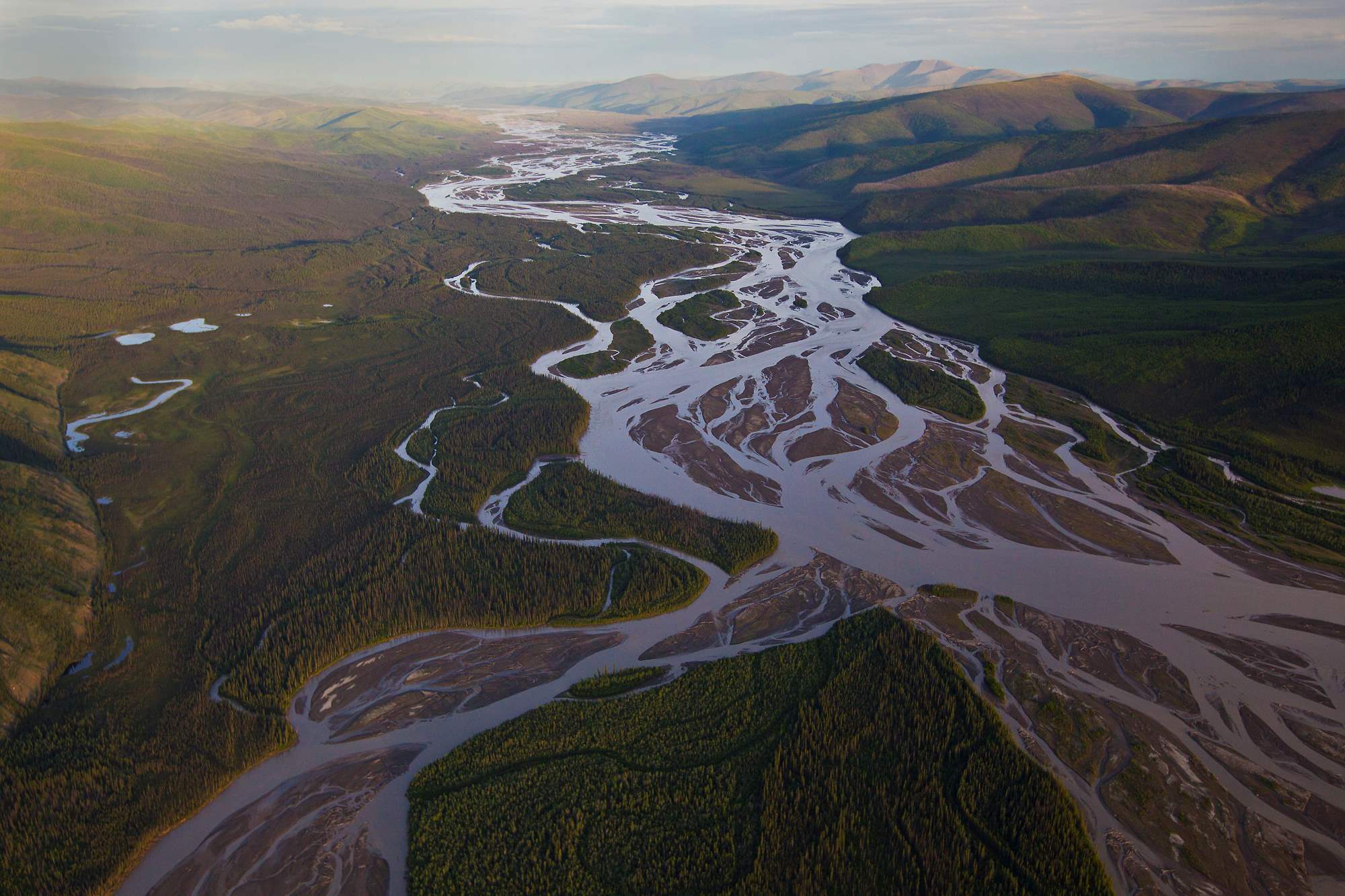
Vicariance is a term that might sound complex, but it’s actually quite fascinating. It refers to the process where a species gets split into two or more isolated groups due to a geographical barrier. Why does vicariance matter? It helps scientists understand how species evolve and adapt to different environments. Imagine a river forming and dividing a forest, causing animals on either side to evolve separately. This process can lead to the creation of new species over time. In this blog post, we’ll explore 26 intriguing facts about vicariance that will help you grasp its significance in the natural world.
What is Vicariance?
Vicariance is a fascinating concept in biogeography. It explains how species become separated due to geographical barriers. These barriers can be mountains, rivers, or even climate changes. Here are some intriguing facts about vicariance.
-
Vicariance and Plate Tectonics: The movement of Earth's tectonic plates can create barriers, leading to vicariance. For example, the separation of South America and Africa millions of years ago.
-
Mountain Formation: When mountains form, they can split populations of species. The Himalayas, for instance, have caused vicariance in many plant and animal species.
-
River Formation: New rivers can act as barriers. The Amazon River has separated many species, leading to unique biodiversity on either side.
-
Climate Change: Changes in climate can create new barriers. Ice ages, for example, have caused vicariance by creating ice sheets that separate species.
-
Island Formation: Islands can form through volcanic activity or rising sea levels. This can lead to vicariance as species get isolated on different islands.
Examples of Vicariance in Animals
Animals are often affected by vicariance. Here are some examples of how geographical barriers have influenced animal species.
-
Darwin's Finches: The finches on the Galápagos Islands are a classic example. Different islands have different species due to vicariance.
-
Marsupials in Australia: Marsupials like kangaroos and koalas are found mainly in Australia. This is due to vicariance when Australia separated from other landmasses.
-
African and Asian Elephants: These elephants are separated by the Indian Ocean. Vicariance has led to differences in their size and behavior.
-
Pandas in China: The Qinling Mountains have separated giant pandas into different populations. This has led to slight differences in their genetics.
-
Salamanders in California: The Central Valley in California has caused vicariance in salamander species. Different species are found on either side of the valley.
Examples of Vicariance in Plants
Plants also experience vicariance. Here are some examples of how geographical barriers have influenced plant species.
-
Cacti in the Americas: The Andes Mountains have separated cactus species. Different species are found on either side of the mountains.
-
Ferns in New Zealand: The Southern Alps have caused vicariance in fern species. Unique species are found on either side of the Alps.
-
Pine Trees in North America: The Rocky Mountains have separated pine tree species. Different species are found on either side of the Rockies.
-
Eucalyptus in Australia: The Great Dividing Range has caused vicariance in eucalyptus species. Unique species are found on either side of the range.
-
Orchids in Madagascar: The island of Madagascar has many unique orchid species. Vicariance has led to this high level of biodiversity.
Human Impact on Vicariance
Humans can also create barriers that lead to vicariance. Here are some examples of how human activities have influenced species separation.
-
Urban Development: Cities and roads can act as barriers. This can lead to vicariance in animal populations.
-
Agriculture: Farmland can separate natural habitats. This can cause vicariance in plant and animal species.
-
Deforestation: Cutting down forests can create barriers. This can lead to vicariance in forest-dwelling species.
-
Dams: Building dams can create new rivers and lakes. This can cause vicariance in aquatic species.
-
Climate Change: Human-induced climate change can create new barriers. This can lead to vicariance in many species.
Studying Vicariance
Scientists study vicariance to understand biodiversity. Here are some ways they research this phenomenon.
-
Fossil Records: Fossils can show how species were separated in the past. This helps scientists understand vicariance.
-
Genetic Studies: DNA analysis can reveal how species have diverged. This helps scientists study vicariance.
-
Geological Surveys: Studying the Earth's surface can show how barriers formed. This helps scientists understand vicariance.
-
Climate Models: Predicting climate changes can show potential barriers. This helps scientists study future vicariance.
-
Field Studies: Observing species in their natural habitats can reveal vicariance. This helps scientists understand current biodiversity.
-
Computer Simulations: Simulating species movement can show how barriers affect them. This helps scientists study vicariance.
Final Thoughts on Vicariance
Vicariance plays a crucial role in shaping biodiversity. By understanding how species get separated by physical barriers, we gain insight into evolution and the distribution of life on Earth. This process explains why similar species exist on different continents and how isolated environments foster unique ecosystems. From mountain ranges to rivers, these natural barriers create opportunities for species to adapt and evolve independently. Recognizing the impact of vicariance helps scientists predict how current environmental changes might affect future biodiversity. It's a fascinating concept that underscores the interconnectedness of life and the importance of preserving diverse habitats. So next time you see a unique plant or animal, remember, it might be a product of vicariance. This knowledge not only enriches our understanding of the natural world but also highlights the importance of conservation efforts.
Was this page helpful?
Our commitment to delivering trustworthy and engaging content is at the heart of what we do. Each fact on our site is contributed by real users like you, bringing a wealth of diverse insights and information. To ensure the highest standards of accuracy and reliability, our dedicated editors meticulously review each submission. This process guarantees that the facts we share are not only fascinating but also credible. Trust in our commitment to quality and authenticity as you explore and learn with us.


